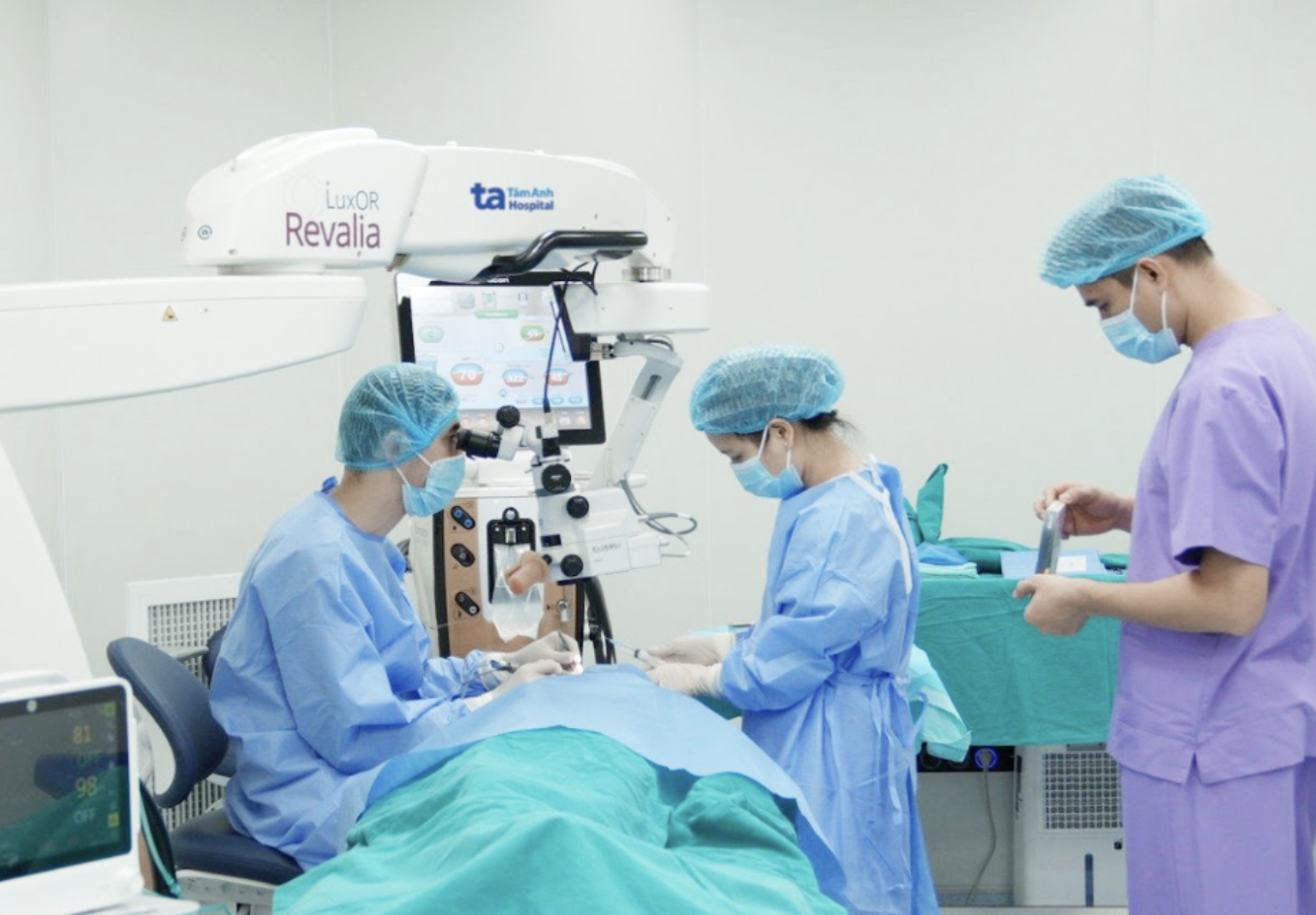Answer:
Several types of artificial lenses are available today, including monofocal, bifocal, and multifocal lenses. Monofocal lenses are designed for clear vision at only one distance, usually far vision. After surgery, patients can see clearly while walking, driving, or watching TV, but they still need glasses for reading, using their phones, or doing close-up work. Monofocal lenses provide sharp distance vision, minimize glare, and are reasonably priced. The drawback is the dependence on reading glasses for near vision activities.
Bifocal lenses have two focal points to support both near and far vision. Multifocal lenses allow the eye to focus at multiple distances, such as far, intermediate, and near. This significantly reduces the patient's dependence on glasses, making everyday activities easier, from reading newspapers and using computers to participating in outdoor activities. However, in some cases, bifocal and multifocal lenses are more expensive and can sometimes cause mild glare.
 |
A doctor performs cataract surgery. Photo: Tam Anh General Hospital |
Typically, older people who only need good distance vision and don't mind wearing reading glasses are suitable for monofocal lenses. Younger, more active individuals who need to see at various distances and want to minimize their dependence on glasses are better suited for multifocal lenses.
Choosing an artificial lens depends on age, occupation, lifestyle, expectations after surgery, and financial situation. No single lens type is ideal for everyone. Before cataract surgery, your mother should have a thorough examination to assess her condition and discuss her vision improvement goals and lifestyle to make the most appropriate choice to support her vision after surgery.
Dr. Phung Van Thanh
High-Tech Eye Center
Tam Anh General Hospital
| Readers can submit questions about eye diseases here for doctors to answer. |












